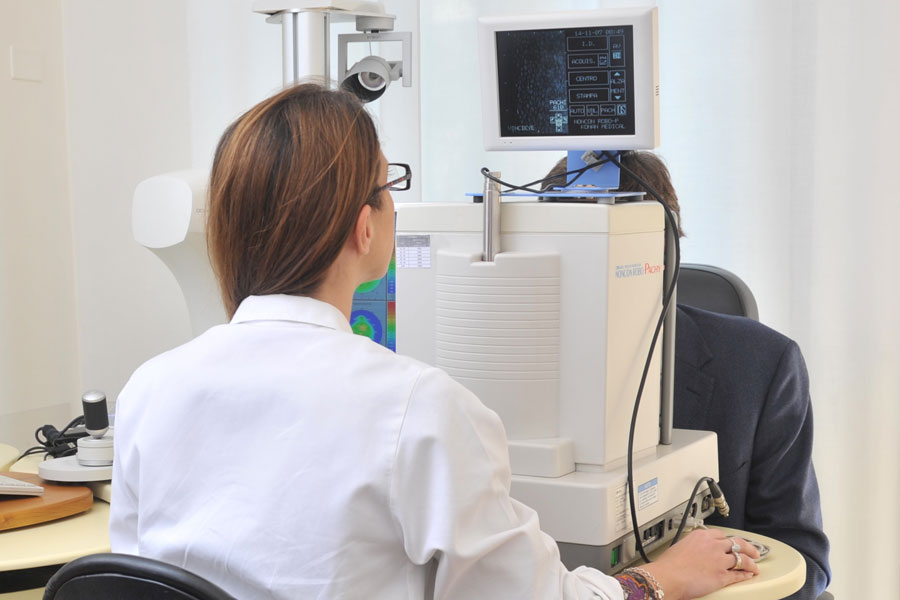What is Microscopy;It means looking at a big picture of small objects.The morphological study of bacteria requires the use of microscopes. Microscopy has come a long way since Leeuwenhoek first observed bacteria three hundred years ago using hand ground lenses. The following types of microscope are being employed now.
Optical or light microscope Bacteria may be examined under the compound microscopic, either in the living state or after fixation and staining. Examination of wgt films or ‘hanging drops indicates the shape arrangement motility and approximate. Mgc of the cell. But due to lack o (’contrast, details cannot be appreciated.
Another of improving the contrast is the dark field (dark ground) microscope in which reflected light is used instead of the transmitted light used in the ordinary microscopic The essential part of the dark field microscope is the dark field condenser with a central circular stop, which illuminates the object with a cone of light, without letting any ray of light fall directly on the objective lens.
Light rays falling on the object arc reflected or scattered on to the objective lens, with the result that •the object appears self-luminous against a dark background. The contrast gives an illusion of increased resolution, so that very slender organisms such as spirochetes. not visible under ordinary illumination, can be clearly seen under the dark field microscope.
The resolving power of the light microscope is limited by the wavelength of light. In order to be seen and delineated (resolved), an object has to have a size of approximately half the wavelength of the light used. With visible light, using the best optical systems. The limit of resolution is about 300 nm.
If light of shorter wavelength is employed. as in the ultraviolet microscopic, the resolving power can be proportionately extended Two specialized types of microscopes arc: 1) the interference microscope which not only reveals cell organelles, but also enables quantitative measurements of the chemical constituents of cells such as lipids, proteins and nucleic acids, and 2) the polarization microscope which enables the study of intracellular structures using differences in birefringence.
What is Microscopy And Electron Microscope:
In the electron microscope a beam of electrons is employed instead of the beam of light used in the optical microscope. The electron beam is focused by circular electromagnets, which arc analogous to the lenses in the light microscope. The object which is held in the path of the beam scatters the electrons and produces an image which is focused on a fluorescent viewing screen. As the wavelength of electrons used is approximately 0.005 nm, as compared to 500nm with visible light, the resolving power of the electron microscopes should be theoretically 100,000 times that of light microscopes. But i^practice, the resolving power is about 0.1 fifty.
Gas molecules scatter electrons, and it is. therefore, necessary to examine the object in a vacuum. Hence, only dead and dried objects can be examined in the electron microscope. This may lead to considerable distortion in cell morphology. A method introduced to overcome this disadvantage is freeze-etching, involving the deep-freezing of specimens in a liquid gas and the subsequent formation of carbon-platinum replicas of the material.
Since such frozen cells may remain viable, it is claimed that freeze-etching enables the study of cellular ultra-structure as it appears in the Jiving state. The recent development of very high voltage electron microscopes may render possible the eventual examination of live objects. The scanning electron microscope is a recent innovation which permits the study of cell surfaces with greater contrast and higher resolution than with the shadow-casting technique.
